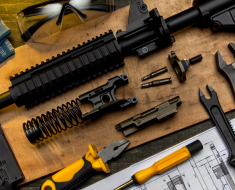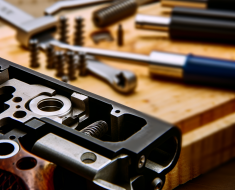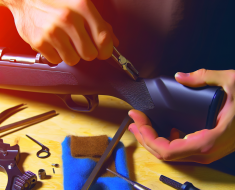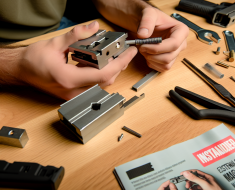How to Tune Your AR-15 for Suppressor Use
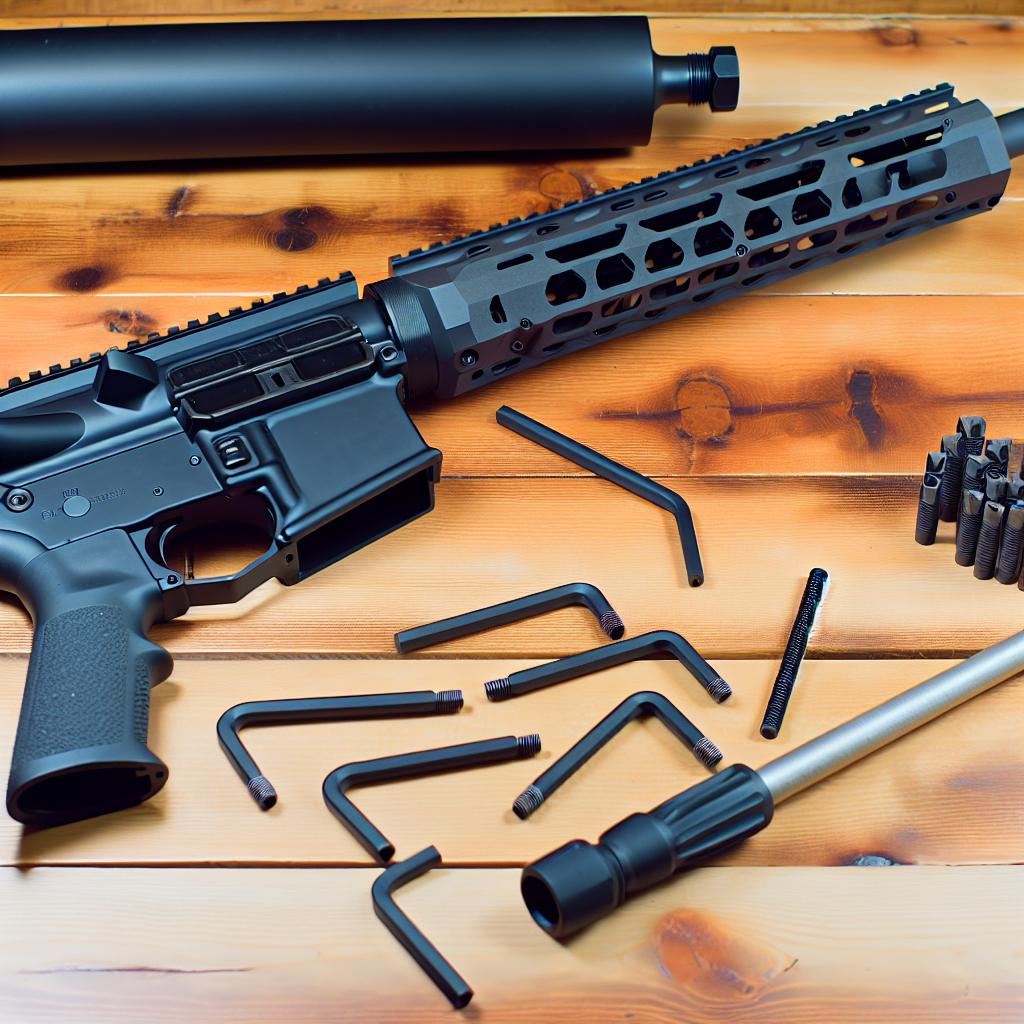
The AR-15 platform is one of the most popular and versatile rifles in the world. With its modular design, it allows shooters to customize and optimize their setup for various applications — including the increasingly popular use of suppressors. However, simply attaching a suppressor to your AR-15 without proper tuning can lead to issues such as increased wear, unreliable cycling, and suboptimal performance.
In this comprehensive guide, we will explore how to properly tune your AR-15 for suppressor use. From understanding the impact of a suppressor on your rifle’s gas system to choosing the right components and performing fine adjustments, this article will provide you with detailed insights and practical steps for an optimized suppressed shooting experience.
Understanding How Suppressors Affect Your AR-15
Before diving into tuning, it’s critical to understand the fundamental ways a suppressor changes how your rifle operates. A suppressor (or silencer) works by trapping and slowly releasing expanding gases from the fired cartridge, reducing muzzle noise and flash. While this is beneficial for hearing protection and tactical advantages, it also affects the gas dynamics of your rifle.
Key impacts include:
- Increased backpressure: Suppressors cause gases to linger longer in the barrel and gas system, creating additional pressure that cycles the action more forcefully than unsuppressed shooting.
- Altered gas flow timing: The timing of gas entering the gas tube can be delayed or intensified due to suppressor effects.
- Potential for overgassing: Excessive gas flow can lead to increased recoil, faster cyclic rate, accelerated component wear, and decreased reliability over time.
A 2017 study by the National Shooting Sports Foundation (NSSF) found that suppressed firearms often experience a 10-20% increase in cyclic rate due to added backpressure. This underscores why tuning is essential.
Selecting the Right Components for Suppressor Use
Tuning your AR-15 starts with choosing components designed or compatible with suppressed fire. Not all parts are created equal when it comes to handling increased gas pressures.
1. Gas Block and Gas System Length
The length of your gas system affects dwell time — how long gas stays in contact with the gas port after a round is fired. Longer dwell times typically mean more reliable cycling but can exacerbate overgassing when paired with a suppressor.
- Pistol-length systems: Often used on short-barreled rifles; may require adjustable gas blocks when suppressed due to higher pressure spikes.
- Carbine-length systems: The most common length; often require tuning or adjustable gas blocks when paired with a suppressor.
- Midsize (mid-length) and rifle-length systems: Generally produce smoother recoil impulses and are better suited for suppressed shooting out of the box but still benefit from fine adjustments.
2. Adjustable Gas Blocks
An adjustable gas block is one of the most effective tools for tuning an AR-15 for suppressor use. It allows you to control how much gas is directed into the system, reducing excess pressure and mitigating harsh recoil or component wear.
- Benefits include:
- Tuning cycling speed to reduce recoil impulse
- Improving reliability by preventing under or overgassing
- Extending component lifespan by minimizing stress
3. Bolt Carrier Group (BCG) Weight
A heavier BCG can slow down cycling speed slightly, which may help balance out increased rates caused by suppression. Conversely, lightweight BCGs might exacerbate issues like bolt bounce or failure to lock back.
- Example: A nickel boron-coated heavy BCG weighing around 9.5 ounces can smooth operation under suppressed conditions compared to standard mil-spec BCGs (~7 ounces).
4. Buffer System Selection
Your buffer weight and buffer spring strength are crucial variables in managing recoil impulse and bolt carrier velocity when using a suppressor.
- Lighter buffers/springs: May cause increased cyclic rates or bolt bounce when combined with suppression-induced backpressure.
- Heavier buffers/springs: Slow down bolt carrier movement providing smoother cycling but might reduce reliability if too heavy.
Tuning Steps: How to Optimize Your AR-15 for Suppressed Shooting
Tuning your AR-15 involves systematic adjustments combined with careful observation during live fire testing. Below is a step-by-step process tailored for shooters looking to optimize their rifles for use with a suppressor.
Step 1: Start With an Adjustable Gas Block Installation
If your rifle doesn’t already have one, install an adjustable gas block that fits your barrel profile. Some popular models include those from SLR Rifleworks, Superlative Arms, or Geissele Automatics.
- This component provides precise control over how much gas enters your system when firing suppressed versus unsuppressed.




